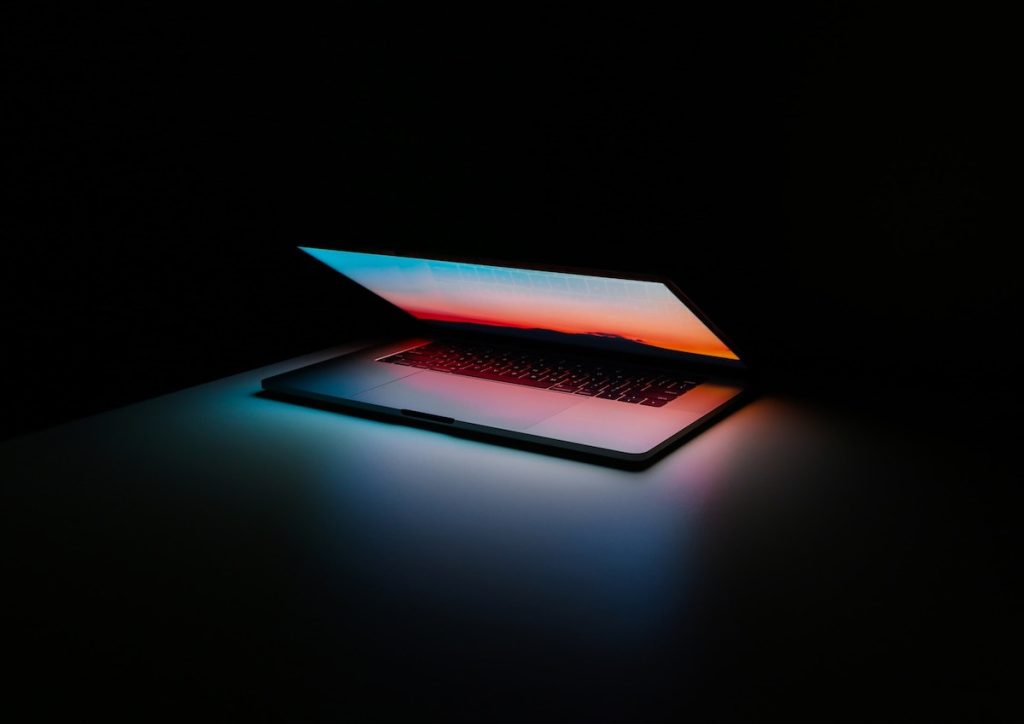In our increasingly digital world, the security of our devices and personal information has never been more critical. As avid technology users, we often struggle to strike a balance between security and energy efficiency. When it comes to your MacBook, finding ways to protect it without compromising battery life is of utmost importance.
We will explore the concept of energy-efficient password protection and how it can help safeguard your MacBook.
The Challenge: Security vs. Battery Life
Securing your MacBook with a password is the first line of defense against unauthorized access. However, constantly requiring a password to unlock your device can drain its battery, leading to more frequent charging and potentially shortening the battery’s overall lifespan. Thankfully, there are various methods you can use to make your security and password management more efficient.
1. Saving Passwords to Keychain Access
Keychain Access is a native macOS app that houses passwords and other account details. This allows you to save time (and energy) when logging into your various accounts and apps since you wouldn’t have to input logging details all the time. You’d often encounter “accountsd wants to use the login keychain” when this feature is active on your Mac. Oftentimes, your MacBook is just trying to access the Keychain to collect your account information for whatever app you’re trying to log onto.
2. Biometric Authentication
Many modern MacBooks come equipped with Touch ID or Face ID capabilities. These biometric authentication methods allow you to unlock your device quickly and securely without entering a password. Biometric data is processed locally on the device, minimizing the energy impact compared to constant password input.
2. Two-Factor Authentication (2FA)
Enabling two-factor authentication adds an extra layer of security to your MacBook. When you log in, a secondary code is sent to your trusted device, usually a smartphone. Like the Keychain Access, this method reduces the frequency of entering your password while providing an additional security barrier.
3. Auto-Lock Settings
Adjust the auto-lock settings of your MacBook to strike a balance between security and battery conservation. Set a relatively short period for auto-lock when the laptop is idle, ensuring your device locks itself when not in use. This prevents unauthorized access without requiring you to manually lock it every time.
4. Energy-Efficient Display
Consider configuring your MacBook to turn off the display quickly when it’s not in use. This reduces power consumption while still ensuring that your device is secured. With a shorter display timeout, you can have peace of mind knowing that your MacBook is protected when you’re away.
Benefits Beyond Battery Efficiency
Energy-efficient password protection offers benefits beyond just conserving battery life. By implementing these strategies, you’re enhancing the overall security of your MacBook. A more secure device means better protection against data breaches, unauthorized access, and potential cyber threats.
Final Thoughts
Energy-efficient password protection ensures that your MacBook remains safeguarded without causing unnecessary strain on your battery. That means you care not only for your security but also your environment.
Remember, the key is to find a configuration that suits your needs and habits while maintaining the level of security you’re comfortable with.



